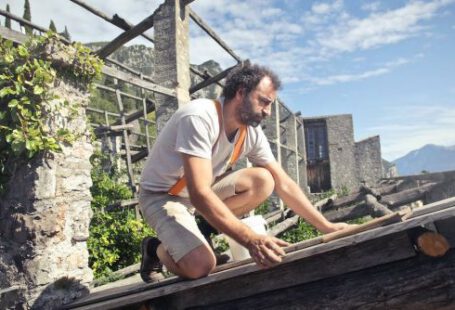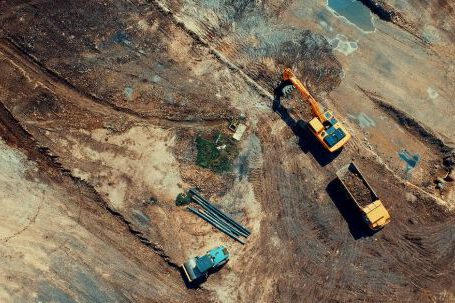The construction industry has long been a major contributor to the global carbon footprint. As the world moves towards a more sustainable future, green construction has become an increasingly important part of the equation. Optimizing construction equipment utilization is one way to reduce the environmental impact of the industry and create a more sustainable building environment.
What Is Equipment Utilization?
Equipment utilization is the process of maximizing the use of machinery and tools for a specific job or task. By ensuring that the tools and machinery are properly maintained and used to their fullest potential, contractors can ensure that the job is done quickly and efficiently, while reducing the cost of labor and materials.
Benefits of Optimizing Construction Equipment Utilization
Optimizing construction equipment utilization offers a number of benefits for contractors, workers, and the environment.
- Reduce Costs: By making sure that the equipment is used to its fullest potential, contractors can reduce the cost of labor, materials, and fuel. This can help to lower the overall cost of the project, allowing contractors to remain competitive.
- Decrease Waste: Optimizing equipment utilization can help to reduce waste by ensuring that materials are used as efficiently as possible. This can help to reduce the amount of waste that is generated from the project, leading to a more sustainable building environment.
- Increase Efficiency: By ensuring that equipment is used to its fullest potential, contractors can increase the efficiency of their projects. This can help to reduce the amount of time and resources required to complete the project, leading to improved profitability.
- Improve Safety: Properly utilizing equipment can also help to reduce the risk of accidents and injuries on the job site. By ensuring that the machinery and tools are properly maintained and used correctly, contractors can reduce the risk of accidents and injuries, leading to improved safety on the job site.
Green Construction and Equipment Utilization
In addition to the economic and safety benefits, optimizing equipment utilization can also have a positive impact on the environment. By ensuring that the machinery and tools are used to their fullest potential, contractors can reduce the amount of energy and materials used in the construction process. This can help to reduce the amount of pollution generated from the project, leading to a more sustainable building environment.
Best Practices for Optimizing Equipment Utilization
There are a number of best practices that contractors should follow in order to optimize equipment utilization.
- Maintenance: Proper maintenance of equipment is essential to ensuring that the machinery and tools are used to their fullest potential. This includes ensuring that the machinery is regularly inspected and serviced, as well as replacing any worn or defective parts.
- Training: It is also important to ensure that workers are properly trained on the use of the equipment. Proper training can help to reduce the risk of accidents and ensure that the machinery is utilized to its fullest potential.
- Planning: Contractors should also ensure that the job is properly planned out before the equipment is used. This includes ensuring that the job is properly scoped, the materials are available, and the tools are properly maintained.
- Monitoring: Contractors should also monitor the use of the equipment to ensure that it is being used to its fullest potential. This can help to identify areas where the equipment is not being used efficiently and can help to identify ways to improve the process.
Conclusion
Optimizing construction equipment utilization is an important part of creating a more sustainable building environment. By ensuring that the machinery and tools are properly maintained and used to their fullest potential, contractors can reduce the cost of labor and materials, decrease waste, and increase efficiency. In addition, optimizing equipment utilization can help to reduce the amount of pollution generated from the project, leading to a more sustainable building environment.






